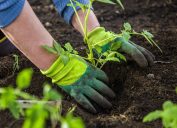If Your Plants Are Dying, This Common Bathroom Product Will Revive Them
This helpful hack could help bring life and color back to your houseplants.
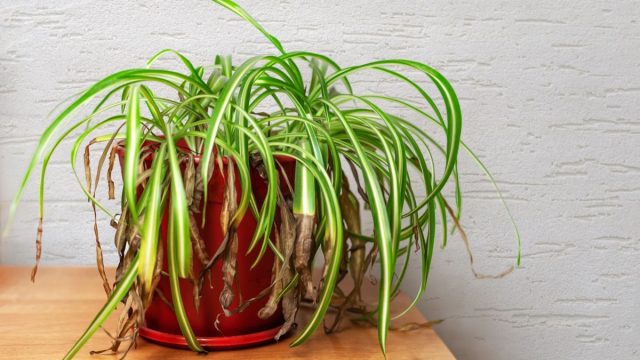
For those who love to decorate their homes with greenery, there is nothing more disheartening than wilting leaves or brittle stems. Even when you water each plant according to its specific requirements, put it in the perfect light, and keep that top-notch potting soil at the ready, sometimes it feels like you just can't save your houseplants. But if you try this trick of the trade, you may be able to revive your plant pal before it dies. Read on to learn about one common bathroom product that could be the key to restoring your plant to its luscious state.
RELATED: If Your Plants Are Dying, This Simple Trick Will Revive Them.
Epsom salt can help revive your plants.

When you hear "Epsom salt," you may think of the well-known health benefits, which range from soothing arthritis pain to relieving stress. Maybe you even have it on hand for the next time you want to have a relaxing soak in the tub. But did you know that it is also a best-kept secret of gardeners? Also known as magnesium sulfate, Epsom salt is a combination of magnesium and sulfur, both of which are important for plant growth, the Epsom Salt Council says.
If your plant's leaves are yellowing between the green veins, this is a sign of magnesium deficiency and Epsom salt may be your new best friend.
There are several ways to use Epsom salt on your houseplants.
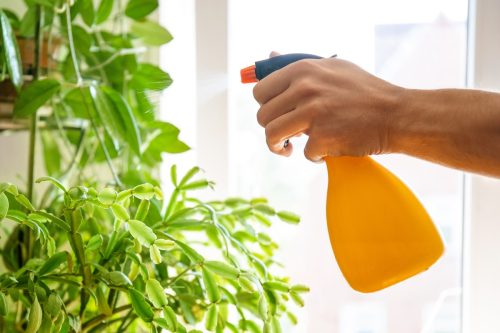
If you're giving the Epsom salt approach a go, there are different tactics you can use, depending on your needs. You can make a solution by mixing two tablespoons of Epson salt with one gallon of water, the team at Apartment Therapy says. Water your plants with this solution once a month until the it comes through the drainage hole. If you're looking for quicker results, you can mist your plants with this same Epsom salt solution. The Gardening Know How advises putting the solution in a spray bottle and misting all exposed parts of the plant.
If you love to soak in Epsom salt you can also use the water from your bath, says Apartment Therapy. Although, you'll definitely want to skip this approach if you added anything else to the water (think bath bombs or soaps with dyes and fragrances). You'll also want to avoid this tactic if your plants are going to be eaten, like herbs, veggies, or just something an unruly child or pet might decide to chomp on.
—which can be dangerous if your pet has a habit of nibbling on lone leaves. If you just added a small amount of soap, your plants should be able to handle that.
RELATED: For more plant care advice delivered straight to your inbox, sign up for our daily newsletter.
This method will only be effective if your plants are deficient in sulfur or magnesium.
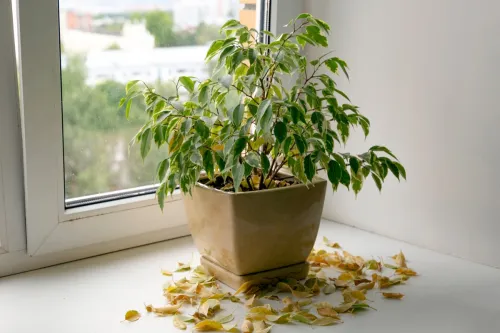
If you are having issues with plants in your outdoor garden, the Epsom Salt Council recommends testing soil for magnesium or sulfur deficiency to see if Epsom salt could help. For your houseplants, you will want to use Epsom salt only if you notice your houseplants are experiencing a magnesium deficiency, not as an all-purpose fertilizer, the Farmer's Almanac warns.
The Gardening Know How further cautioned gardeners that using Epsom salt without signs of deficiency could increase salt buildup in the soil and actually do more harm than good. If an Epsom salt solution isn't the right approach for your houseplant, there are several other hacks that may be of more use. Depending on your houseplants' needs, you could try sprinkling eggshells to add calcium or take advantage of the antifungal benefits of cinnamon by mixing it into seedling soil.
How do I know if my plant has passed the point of no return?
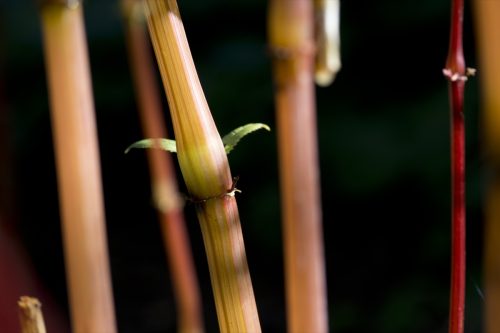
If you suspect your plant has seen its dying day, the first step is to check the stems, the Gardening Know How says. If your plant is still alive, the stem will be "pliable and firm" and have a green cast on the inside. In the event the stem is mushy or brown, you'll need to check the roots next. If those look the same as the stem, your houseplant has likely succumbed to root rot, Summer Rayne Oakes, host and producer of YouTube's Plant One On Me and IGTV's 365 Days of Plants, told Apartment Therapy.
Oakes, who also authored the book How to Make a Plant Love You, recommends composting your plant if it's gotten to this point. This can be disappointing, but there is a light at the end of the tunnel. "If you compost it, at least it will return back to the soil and hopefully will serve as a foundation to grow more plants," she said.
RELATED: 6 Plants Attracting Mice to Your Home.


